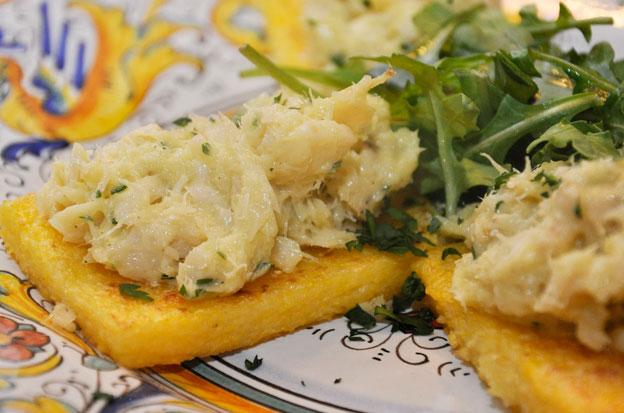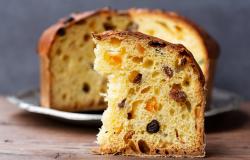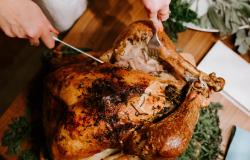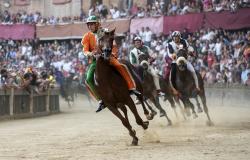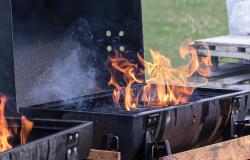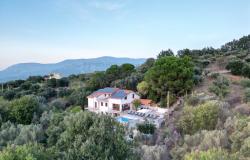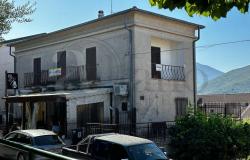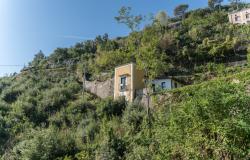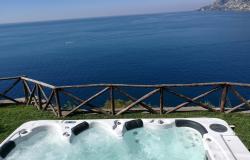Italians have a special relationship with baccalà; the salt-dried cod from the northern reaches of Europe is a Christmas Eve favourite and, in December, stalls selling it start to appear at local markets.
Cod was caught and dried by the Vikings as far back as 800 A.D.; in fact it became the centre of trade for northern Europe for many centuries. It first arrived in southern Italy with the Normans around 999 A.D. and very quickly was absorbed into Italian cuisine. The salt method of preservation meant that people living inland were able to enjoy salt-water fish all year-round.
In Italian, when fresh or frozen, Cod is known as merluzzo, if cured by air-drying it becomes stoccafisso (stockfish) and when salted it becomes baccalà. To prepare baccalà, the fresh fish is cut lengthwise, cleaned and has the backbone removed before being salted and air-dried.
Once cod was so abundant it saved millions from famine, but today, because of decades of overfishing, cod is scarcer: thankfully after years of effective management cod levels are increasing, however it will still be many more years before they become sustainable. Its scarcity makes it a considered purchase and, favoured for its versatility, discerning Italians only buy the best quality they can afford. (Last week in my local market, Icelandic baccalà was selling for €23 a kilo.)

How to choose baccalà
When buying baccalà look for a good colouring: the flesh should be white with no yellowing and the skin must be clean and light-coloured. Also, if possible, try to buy fish that’s not pre-packed and ask to smell it: it should have an intense fish odour; discard any fish that has even the faintest hint of a chemical smell.
How to prepare baccalà
To prepare the fish it must first be rinsed to remove the surface salt and then steeped in fresh water for at least three days; changing the water every twelve hours. Once re-hydrated, pat the fish dry, remove any bones that are sticking up and it is ready for cooking.
Well-cooked baccalà is not at all fishy in flavour and should be slightly chewy and remain firm even when flaked. How you cook it’s down to personal preference; in Venice it’s often simmered slowly in milk until the fish flakes are almost translucent, while the Livornesi like it cooked with tomatoes, garlic and basil. In Naples, where legend says there are 365 ways to eat baccalà, it’s more often than not served with tomato sauce flavoured with capers, olives and pine nuts. Personally, I like mine wrapped in an aluminium parcel and steamed with fresh lemon, garlic and parsley until it flakes easily.

Try ITALY Magazine's baccalà recipe: /recipe/salt-cod
